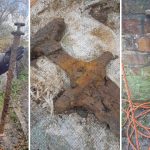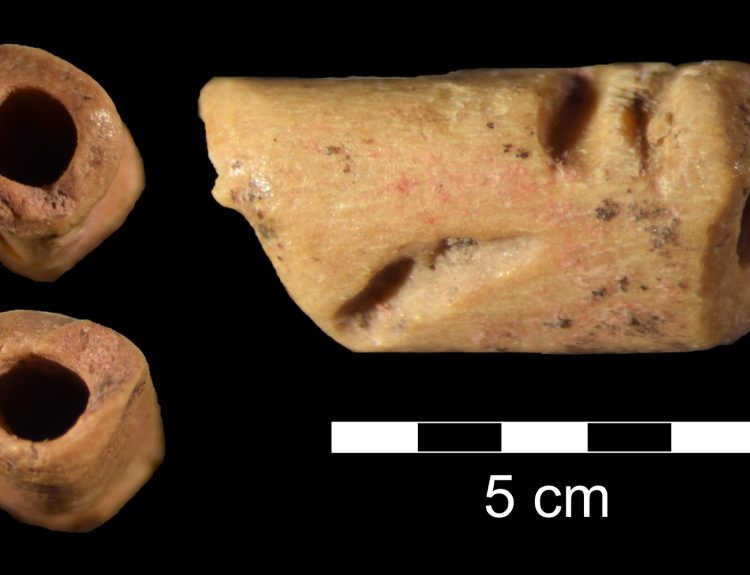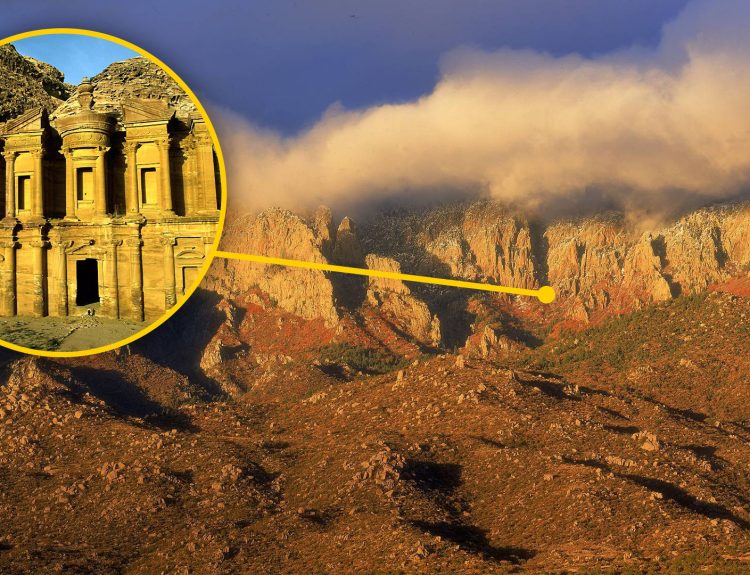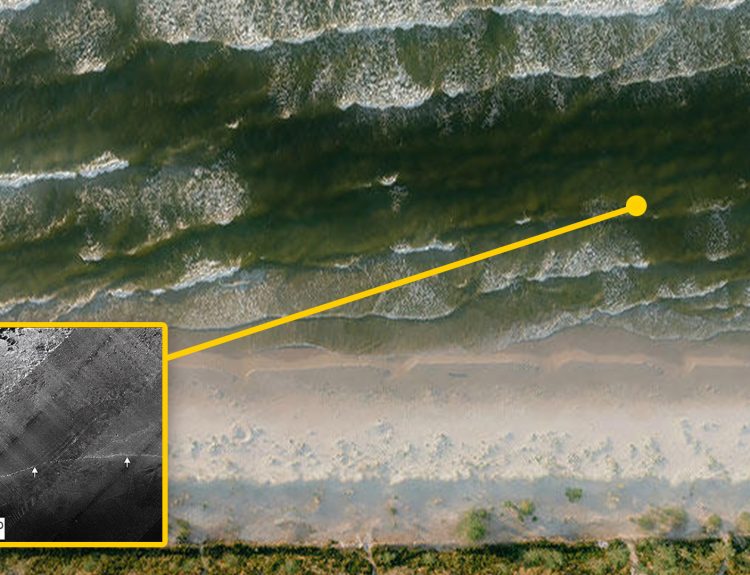At least partial credit for the recent discovery of an almost completely intact dinosaur skeleton in France should go to man’s best friend. That’s because Damien Boschetto made the amazing find while he was taking his dog, Muffin, for a walk.
The rare prehistoric discovery was actually made in 2022, but as we will see, Boschetto and his fellow paleontology buffs kept the find under wraps until the skeleton could be completely excavated to keep the bones from being damaged.
A Self-Described Paleontology Enthusiast
Damien Boschetto is a self-described paleontology enthusiast. The 25-year-old lives in Cruzy, France, in the southern part of the country, and has had a lifelong interest in dinosaurs and the prehistoric world.
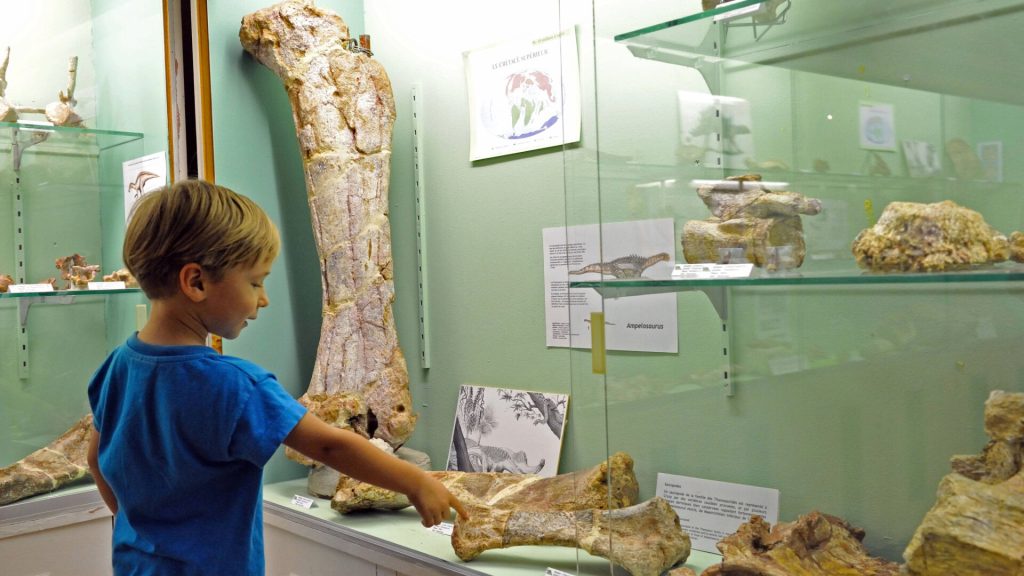
He is a member of the Association of Culture, Archeology, and Paleontology, or ACAP. This is a mostly volunteer organization affiliated with the Cruzy Museum. So, Boschetto was more uniquely qualified than most to spot a potential dinosaur bone.
“An Ordinary Walk“
Like all good dog owners, Boschetto takes his pooch, Muffin, for daily walks. It is a routine habit. In fact, Boschetto explained that the discovery “happened one morning like any other morning, during an ordinary walk.”
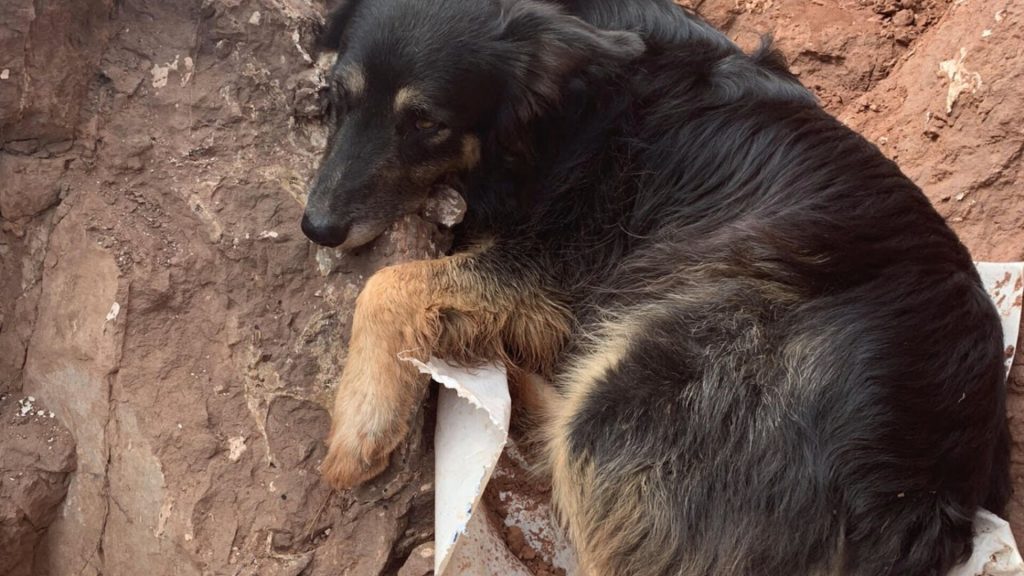
His walk took him through the forests of Montouliers. Recent rains had caused a small landslide that exposed a fresh area of the cliff. Boschetto’s keen eye caught something unusual. Something that prompted him to take a closer look.
Bones Sticking Out of the Cliff
The fresh landslide revealed a bone sticking out of the side of the cliff. Boschetto knew that it could be a potentially important discovery. After all, paleontologists have been unearthing dinosaur fossils in the small village of Cruzy for almost three decades.
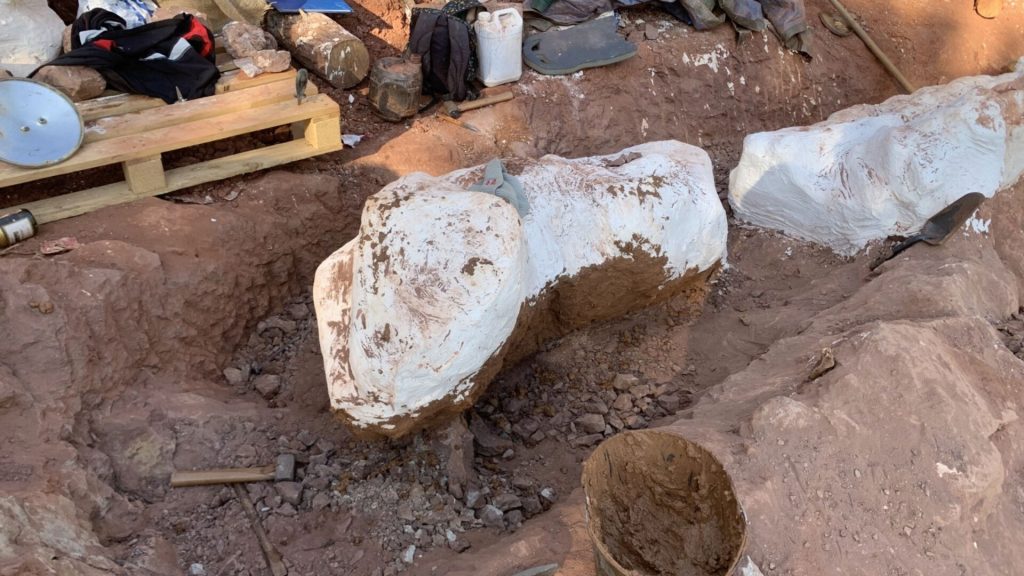
Boschetto’s find, however, was not in Cruzy, but outside the neighboring town of Montouliers. To date, no dinosaur fossils have been found in Montouliers. Boschetto’s discovery opened up a new search zone for paleontologists.
A Trove of Dinosaur Fossils
Boschetto described the area around his hometown as being “rich in fossils of dinosaurs and other species living at the same time.” A number of significant discoveries have been made in the region.
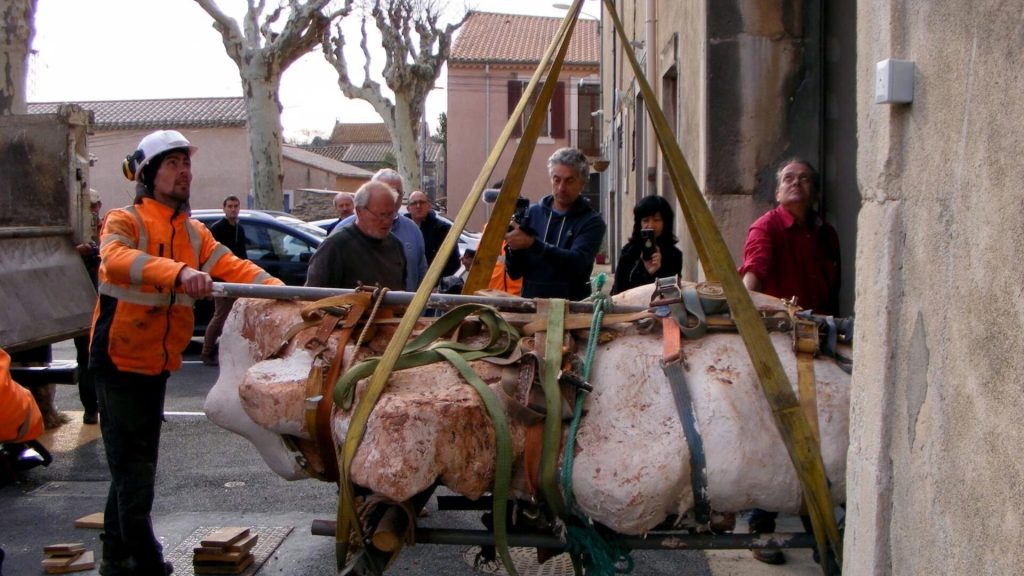
In fact, Boschetto explained, “For 28 years, Cruzy has been building one of the largest collections of dinosaur fossils from the Upper Cretaceous period in France.” The region’s exciting prehistoric world is what attracted Boschetto to paleontology in the first place.
“A Rare and Exceptional Discovery“
Boschetto reported his discovery to his fellow paleontology buffs at the Association of Culture, Archeology, and Paleontology, or ACAP. They consulted the paleontologists working at the Cruzy Museum.
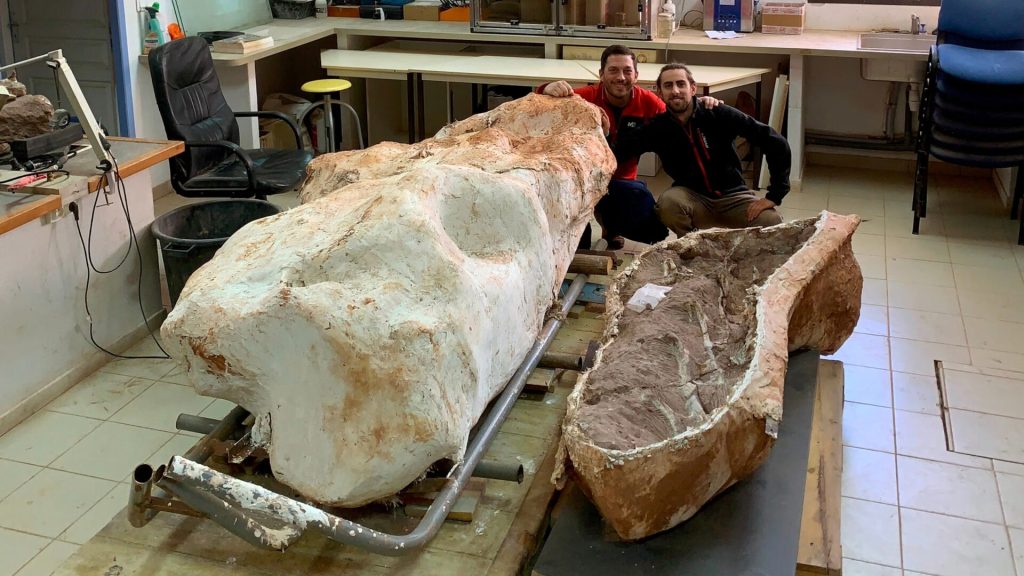
The general consensus was that Boschetto’s discovery had the potential to be historic. However, it also had the potential to be looted or damaged by unscrupulous fossil hunters. It was decided that Boschetto, ACAP, and the Cruzy Museum would keep the find – which the museum called “a rare and exceptional discovery” – on the down low.
An Unusual Find Calls for Unusual Precautions
Admittedly, it is not common for paleontologists to keep their excavation work hidden and do their excavation work in secret. But Boschetto and the volunteers at ACAP felt strongly that precautions needed to be taken to protect the discovery.
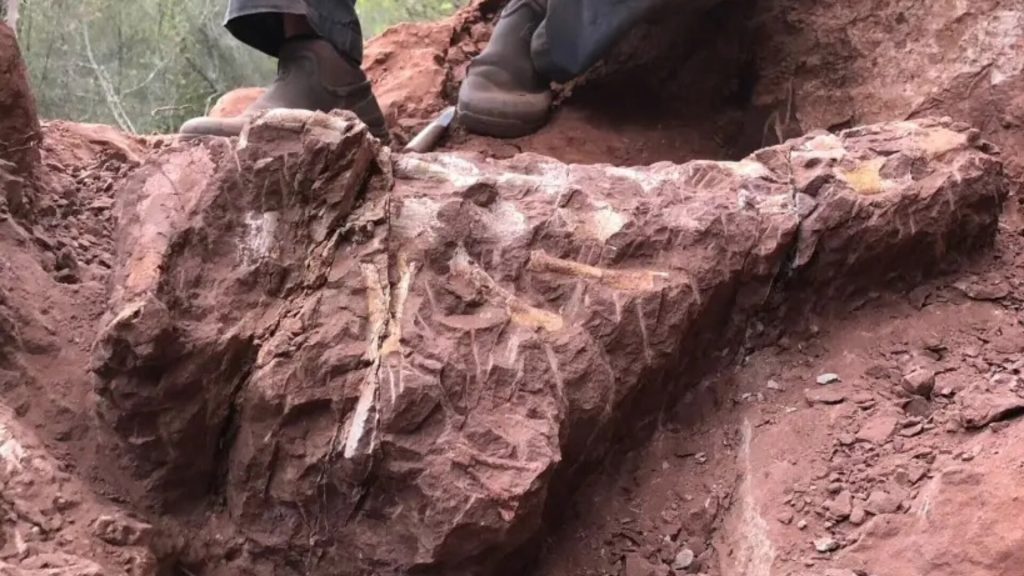
Although they are mostly volunteers, the members of ACAP are trained in excavation work and academic research. Their work is done under the supervision of experts in the field of paleontology.
A Proven Track Record
Volunteer members of ACAP have a proven track record when it comes to excavations in the area around Cruzy. They have teamed up with paleontologists, professors at local universities, and the National Centre for Scientific Research in France.
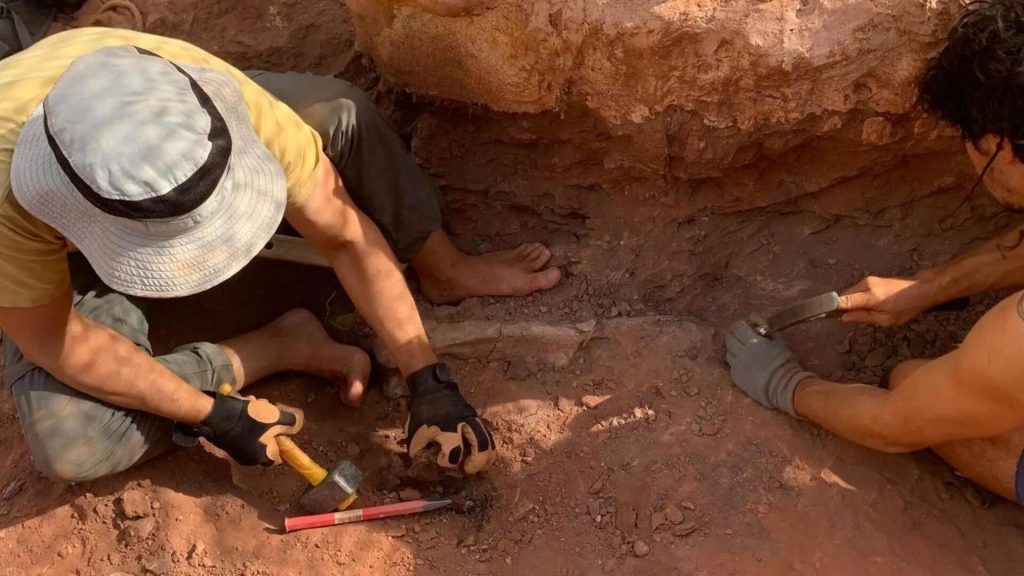
ACAP members have assisted on the excavation of more than two dozen different dinosaur species that have been discovered in the region. Additional fossils are still being studied by experts at the Cruzy Museum and local universities.
Secret Excavations
ACAP members were concerned that the site could be compromised, and the bones could be damaged by careless, unknowing citizens. In addition, they were worried about pillaging. Therefore, it was agreed that the excavation process would be done in secrecy.
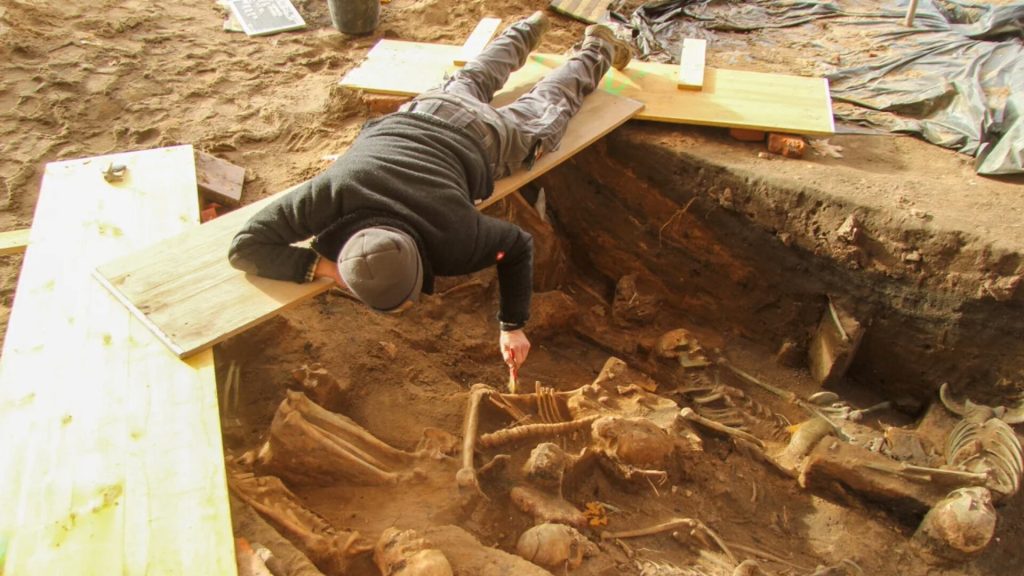
Over the next two years, the group of volunteers conducted several 10-day-long excavations in total secrecy. What they found was truly amazing.
A Nearly Complete Skeleton
The more they excavated the site, the more of the dinosaur skeleton was revealed. According to Boschetto, they found “dinosaur skeletons that were almost completely intact.” This is quite rare in paleontology.

When the dig was over, the ACAP team uncovered a 30-foot-long dinosaur specimen that was more than 70-percent complete. Even before the fossilized bones were pulled from the ground, the team had a pretty good idea of what kind of dinosaur it was.
A Long-Necked Herbivore
The fossilized dinosaur that Boschetto found was a 33-foot-long, 70-million-year-old titanosaur. Known for their unusually long necks, the titanosaurs were a group of large, plant-eating dinosaurs that roamed the earth during the Late Cretaceous period, or between 65 and 90 million years ago.

The long neck was an adaptation that allowed the titanosaurs to reach leaves growing at the tops of trees. Species of titanosaurs have been discovered in Europe, Asia, Africa, and South America. Some members of this group of massive dinosaurs were the largest known land animals.
It Will Make a Stunning Museum Piece
As Boschetto explained, the titanosaur were common in Europe, but it is not common to find such a complete skeleton. He noted, “This is what makes it an interesting deposit from a scientific point of view.”
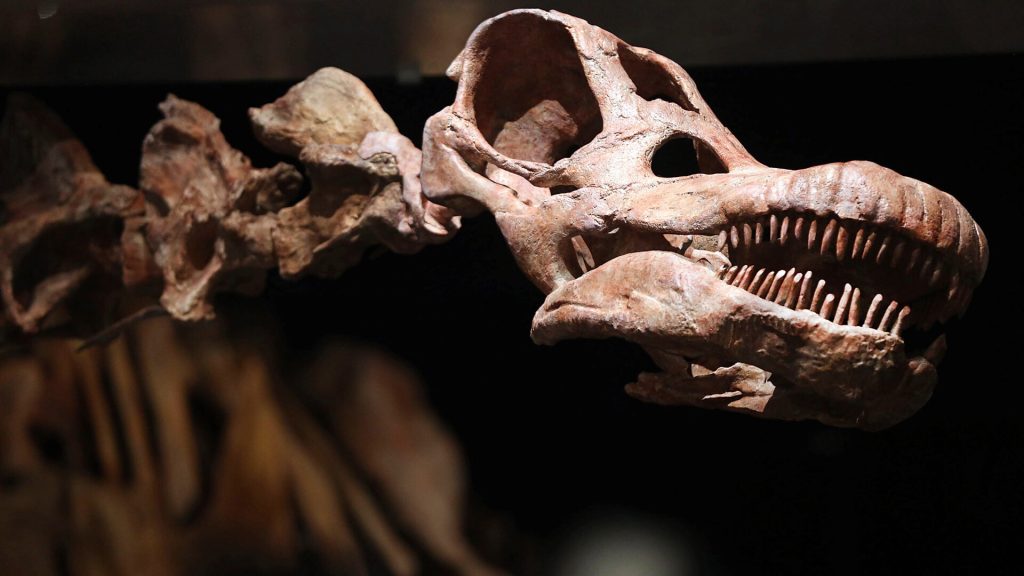
He continued, “From a museography point of view, it will make it possible to present to the general public animals almost complete in anatomical positions, which is something great.” Once the bones are put together, the dinosaur will make a stunning focal point of the museum.
A Star Attraction of the Natural History Museum of London
The Natural History Museum of London has an entire exhibit dedicated to the titanosaur, called “Titanosaur: Life as the Biggest Dinosaur.” A replica of a massive titanosaur is one of the museum’s star attractions.
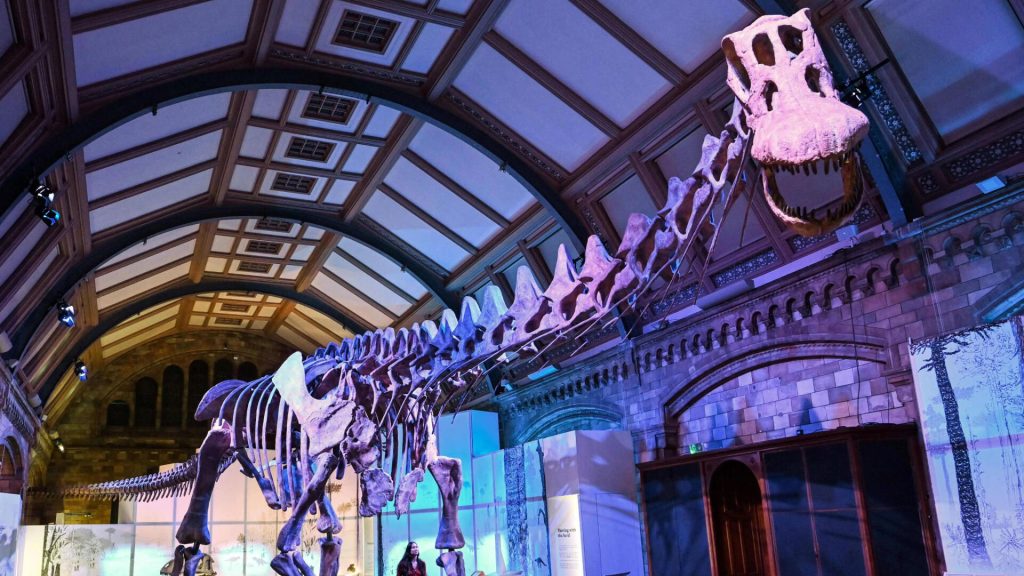
Once Boschetto’s recently excavated titanosaur has been fully studied at the Cruzy Museum’s paleontology lab, it will be assembled for display much like its cousin in the London museum. Only this one will be even more complete.
Finally Announcing the Discovery
ACAP, along with Damien Boschetto and the Cruzy Museum, have finally announced the discovery of the largely intact titanosaur, now that the fossilized skeleton has been completely excavated and transported to the Cruzy Museum.
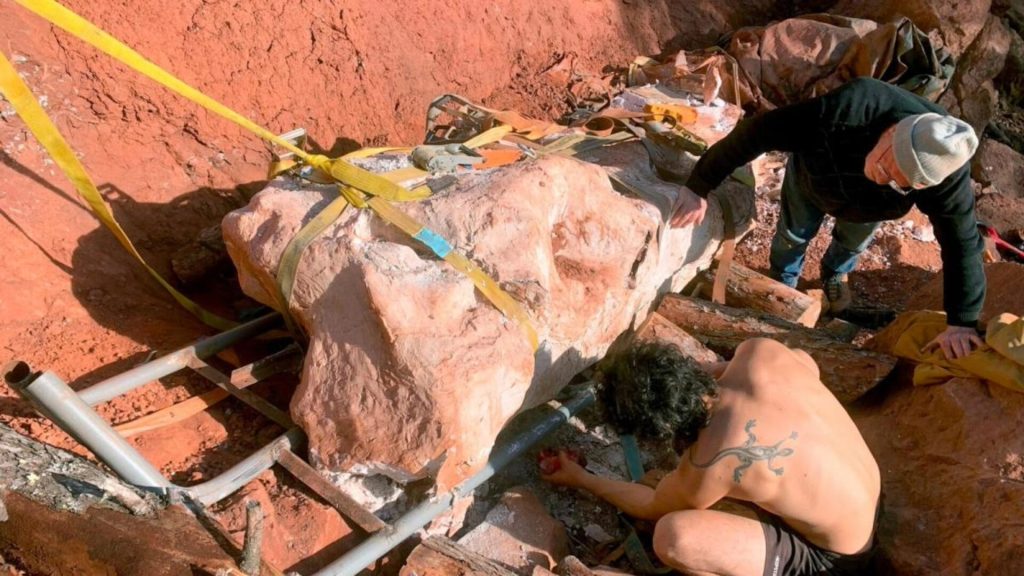
As for Boschetto, his discovery and his work excavating the bones has reinforced his passion for paleontology. He has decided to return to university to pursue a master’s degree in paleontology. He has the full support of his friends at ACAP … and his dog, Muffin.


